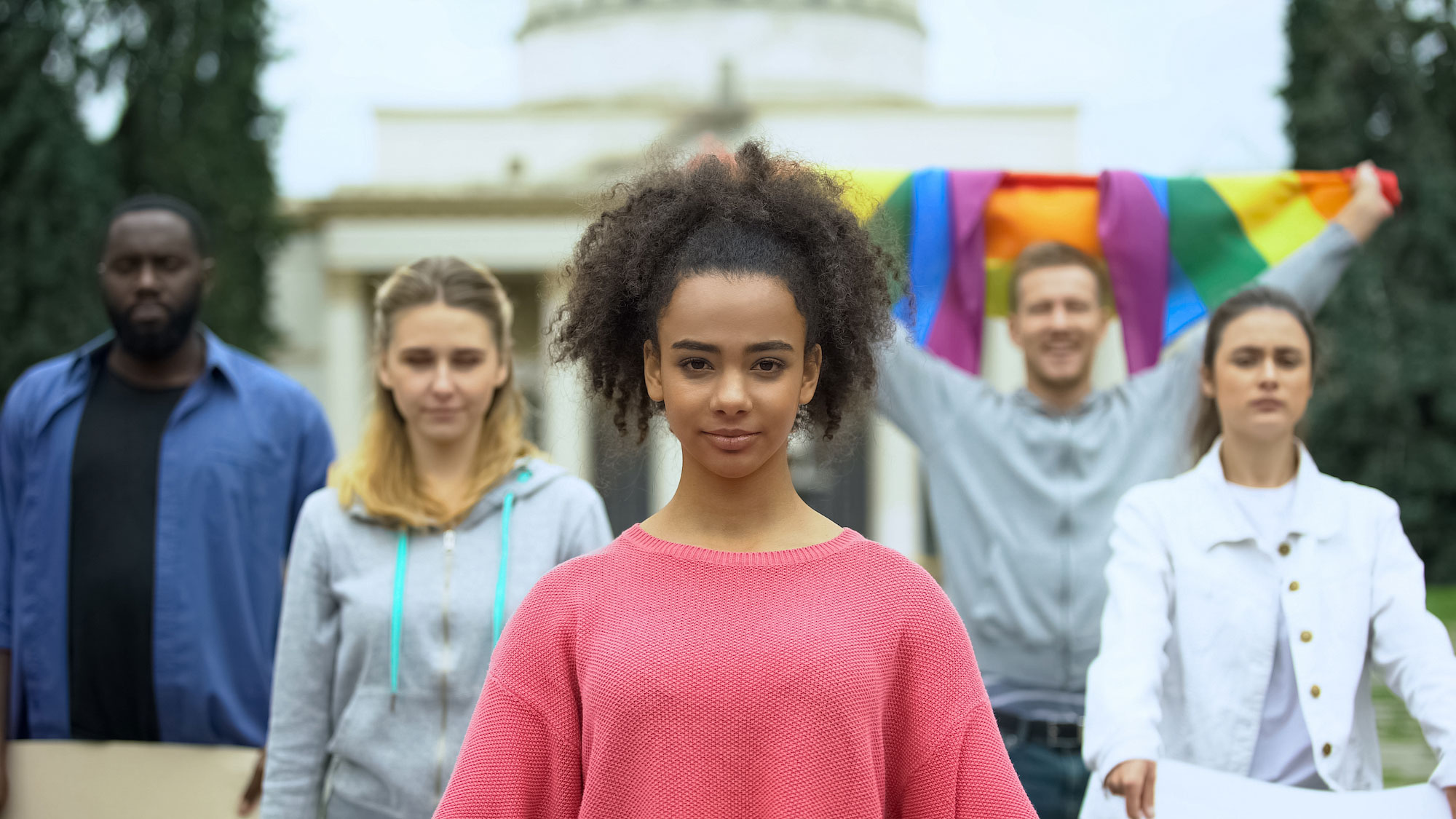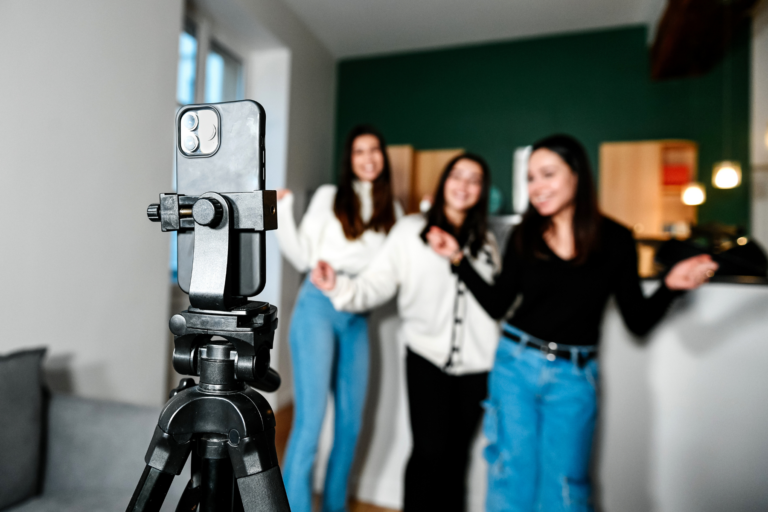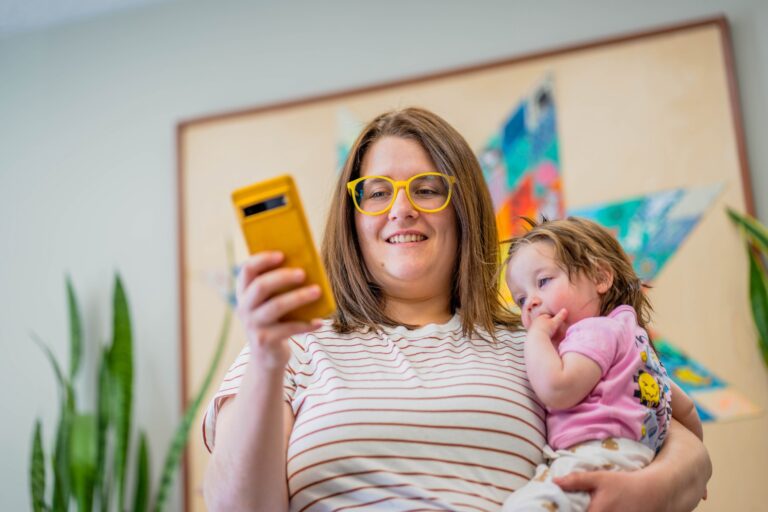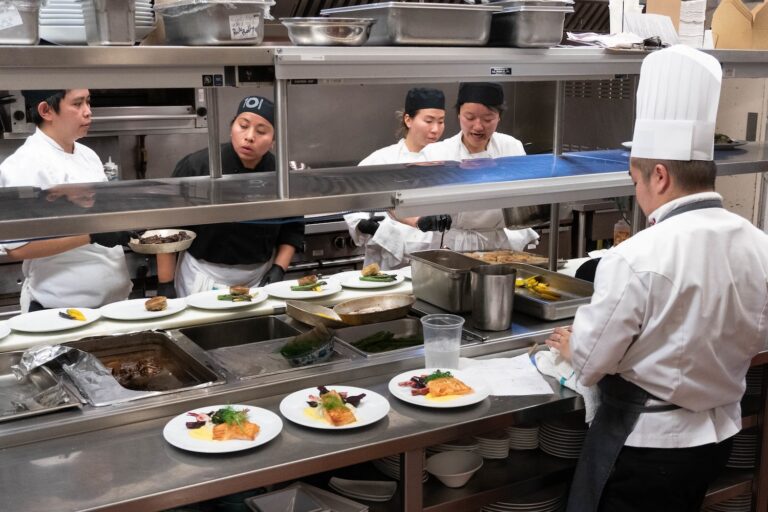New report shows improvements in LGBTQ youth lives and health, but more work needed
Most of B.C.’s LGBTQ teens experience safer environments and fewer health risks than previous generations, but more work is still needed to get them to where their straight peers are, according to new research.

The report used data from the B.C. Adolescent Health Survey from 2008, 2013 and 2018, each of which sampled around 30,000 students in grades 8-12 across the province.
Most of B.C.’s LGBTQ teens experience safer environments and fewer health risks than previous generations, but more work is still needed to get them to where their straight peers are, according to a new report by UBC’s Stigma and Resilience Among Vulnerable Youth Centre (SARAVYC) and the McCreary Centre Society.
The report used data from the B.C. Adolescent Health Survey from 2008, 2013 and 2018, each of which sampled around 30,000 students in grades 8-12 across the province.
Improving trends for LGBTQ youth
McCreary executive director and report lead author Dr. Annie Smith (she/her) says a key health risk has improved for LGBTQ youth: the proportion of lesbian girls who reported physical bullying dropped by more than half over the past 10 years, and physical assaults were lower for bisexual boys and girls. In addition:
- Lesbian, gay and bisexual youth (LGB) were less likely to attempt suicide in 2018 than they were in 2008, narrowing the gap, although they were still more likely to consider or attempt suicide than their straight peers.
- Gaps also narrowed between LGB and straight youth in getting pregnant or causing a pregnancy, in sexually transmitted infections, running away from home or recent cannabis use.
- Lesbian, gay and bisexual youth were more likely to be involved in art, music and drama extracurriculars than their straight peers.
McCreary and SARAVYC first documented health trends for lesbian, gay and bisexual young people in B.C. in a report in 2007, with data from 1992 through 2003. The current study updates those trends.
“In that first study, we showed that the health gaps between LGBTQ youth and their straight peers were linked to stigma and discrimination, with higher rates of bullying and abuse, and lower levels of family and school connectedness,” said Dr. Smith, who is also an adjunct professor with UBC’s school of nursing. “Now, 15 years later, we’re seeing progress in narrowing those health gaps, but there’s still more work needed.”
Significant gaps remain
Senior author Dr. Elizabeth Saewyc (she/her) thinks changes in B.C. human rights laws, and recent school district policies and programs to support LGBTQ youth may have had a role in these positive trends.
“However, stigma and discrimination take time to change,” said Dr. Saewyc, who is a UBC professor of nursing, executive director of SARAVYC and research director for the McCreary Centre Society. “Although the picture looks a lot better for lesbian, gay and bisexual young people than 15 and 30 years ago, their lives are still not equal.”
The report showed that sexual minority youth are still more likely to report unsafe home environments and to experience violence or abuse than straight youth. They are also more likely to miss out on needed health care.
LGBTQ youth also reported less positive physical and mental health than their same gender straight peers. For example, only 43 per cent of mostly straight girls, 28 per cent of bisexual, 33 per cent of lesbian, and 56 per cent of questioning girls reported good or excellent mental health, compared to 71 per cent of straight girls.
Inclusion and support matters
As has been found consistently over the past decades, sexual minority young people reported a more positive health picture and plans for the future when they had supportive adults in their family, school and community.
“All young people benefit from caring families, safe and supportive schools, and caring adults in their community,” noted Dr. Saewyc. “If we can keep focusing on inclusion and support across B.C., the lives and health of LGBTQ young people will continue to get better.”
The research report was funded by the Canadian Institutes of Health Research.
EDITORS: Click here to access the report and register for a webinar describing the findings.
Interview languages: English (Smith, Saewyc)
Quotes from study participants
“People need to be educated on LGBTQ related subjects, to help stop ignorance and discrimination.”
“I am gay and I think that schools should try to be a little more accepting or supportive of this.”
“I have a very good home life, but it feels very hard to talk to my parents about my issues. I am worried that by telling my homophobic father I’m gay, he will not accept me.”
“We aren’t taught enough in school [about LGBTQ+ issues] which can make it unsafe or unwelcoming for both students who have and haven’t come out. My peer’s lack of knowledge (or incorrect knowledge) makes school sometimes a very hostile environment for me and other queer students.”
“Teach more about mental and sexual health so many people know nothing and they need to teach to LGBT kids, not just hetero health.”
“There’s not really a place for us to go anywhere, I guess, if we needed to find a student that’s like us, I sometimes feel a little alone.”
“I would like to learn more about LGBTQ in classes so my peers could also learn & be more accepting.”
“You should do more for LGBTQA+ youth. I think people would benefit from more information about the community because we lack a lot of in life information and this can make kids feel isolated sometimes.”



